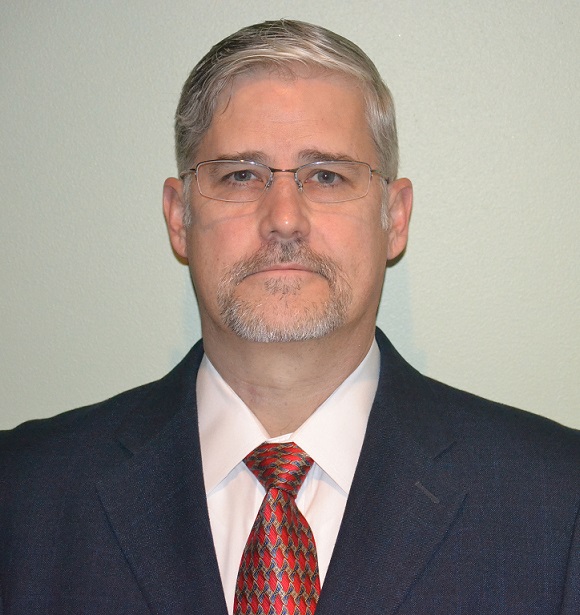
 Access to money fuels aneconomy, but these last few years it seems everyone has been on thelosing end.
Access to money fuels aneconomy, but these last few years it seems everyone has been on thelosing end.
Dramatic increases in regulation caused traditional financialinstitutions to pretty much shut off the credit spigot. The crisiscorrection sought by regulators put in motion a cascade ofaftershocks that have swung the market from side to side. In2008, liquidity tests made banks recoil and tighten lending.Consequently, market lenders emerged to meet consumers' demand formoney (i.e., payday loans and peer-to-peer solutions).
|Last year's Operation Choke Point offers another example of howregulatory pressures continue to reshape the market and enable theemergence of a new lending ecosystem.
|Clearly, regulators have embraced non-traditional approaches tolending; however, they want to keep it fair, equitable andnon-discriminatory. To that end, they must continue implementingsafeguards such as sector APR caps at 34.99%.
|While a few lending companies, particularly payday loanproviders, have taken advantage of loopholes in the system, othershave responsibly tapped into this growing consumer demand throughonline platforms. Payday loans and peer-to-peer were the first ofthe new breed of lenders springing up in this emerging ecosystem.They have enabled traditional financial institutions to tap intonew ways of delivering money to consumers, either directly fundingassets or indirectly investing other organizations throughstructured finance.
|Unfortunately, as peer-to-peer platforms have integrated withbanks and hedge funds, they've become more institutional and havethus lost much of their social essence. They're allowing theindustry's old muscle memory to kick in, and are serving theircustomers with traditional credit scoring models, approachingcredit scoring like traditional financial institutions.
|Much like a baseball team that has failed to take advantage ofadvanced metrics, they're trying to implement new methods on top ofa foundation that is inadequate. By depending on peer validation orrestricting access to capital based on a narrow collection of data,they're making a trade-off that surely will leave consumersdissatisfied.
|Now, further disruption is on its way, focused on convergencerather than displacement. This is good for consumers and theindustry overall. Traditional risk models look for reasons todecline loan applications. It's time to turn that on its head, andthe tools exist to do it responsibly.
|Innovation in technology, big data analytics, biometrics, mobilepayments and fresh thinking are helping us to gain a betterunderstanding of the gray areas of credit, so that we can betteridentify risk and opportunity. Consumers are still experiencing thedeep shark bites from despicable predatory lending companies thatcontinue to put hard working individuals at risk, so reestablishingconsumer confidence is at the top of the agenda.
|It's time to move beyond the old statistical models and embracethe Moneyball approach: The consideration of Big Data analytics andsmarter algorithms is what will enable this new lending ecosystemto thrive.
|There is a large underserved consumer population hungry foraccess to money. This is the opportunity for those that canleverage machine learning to find reasons to say yes to consumers.It's time to make access to capital fair, equitable andnondiscriminatory, and to make the process a better experience –mobile, seamless and speedy, all while maintaining riskintegrity.
|This is the cusp of a new era. The new disruption willrevolutionize the way consumers access money.
|Tom Burnside is CEO of LendingPoint based in Atlanta. Tomand Co-Founder Juan Tavares can be reached at 1-844-885-8713.
Complete your profile to continue reading and get FREE access to CUTimes.com, part of your ALM digital membership.
Your access to unlimited CUTimes.com content isn’t changing.
Once you are an ALM digital member, you’ll receive:
- Critical CUTimes.com information including comprehensive product and service provider listings via the Marketplace Directory, CU Careers, resources from industry leaders, webcasts, and breaking news, analysis and more with our informative Newsletters.
- Exclusive discounts on ALM and CU Times events.
- Access to other award-winning ALM websites including Law.com and GlobeSt.com.
Already have an account? Sign In
© 2024 ALM Global, LLC, All Rights Reserved. Request academic re-use from www.copyright.com. All other uses, submit a request to [email protected]. For more information visit Asset & Logo Licensing.









